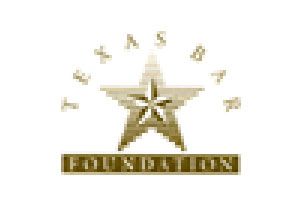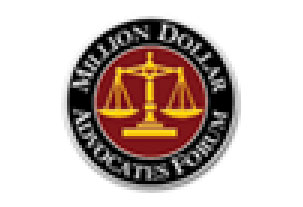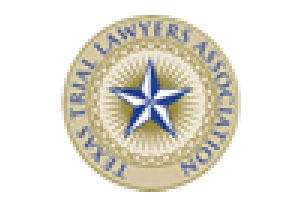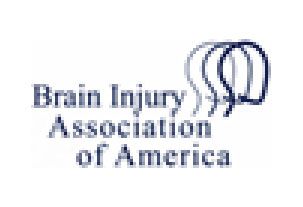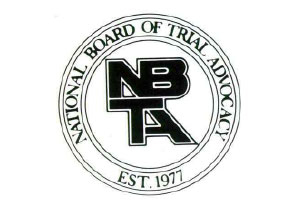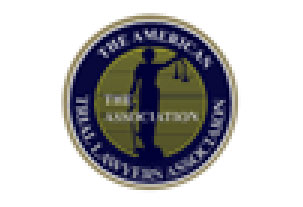Newsletters
- Could Premature Birth Problems Be Helped By Naturally-Produced Glue?
- Why Is There A Spike in Birth Defects Among Latinos?
- Michigan Teen Carries Brother 40 Miles for Cerebral Palsy
- Is a Fast Birth a Safe Birth?
- Should States Adopt Birth Injury Malpractice Funds
- Can Delays in Medical Screenings Hurt My Baby?
- Is My Fertility Doctor Qualified?
- Why Did a Jury Compensate a Birth Injured Child $13 Million?
- Maternity Wards Spend One Fifth of Their Budgets Covering Birth Injury Claims
- Why the United States has a High Infant Death Rate
- Resources for Families Affected by Cerebral Palsy and Other Birth Injuries
- $4 Million Dollar Verdict Awarded for Birth Injury
- Individuals with Cerebral Palsy Living Life to the Fullest
- What Are the Long Term Effects and Costs of Birth Injuries?
- Does Traditional Birth After a Cesarean Section Present Risks?
- Stem Cells Offer New Hope for Treating Cerebral Palsy
- Is It Possible to Hold a Nurse Accountable for Medical Malpractice?
- Birth Injury Lawyers Discuss the Dangers of Vacuum Extraction During Childbirth
- Study Finds Higher Levels of Toxic Metals in Kids With Autism: Our Cerebral Palsy Attorneys Discuss the Research
- Reducing the Rate of Birth Injuries: Our Cerebral Palsy Lawyers Discuss the Premier Perinatal Safety Initiative
- Helping Children With Cerebral Palsy to Swim: Our Cerebral Palsy Attorneys Explain the Aquatic Stabilizer Apparatus
- Using Nanodrugs to Prevent CP: Our Cerebral Palsy Lawyers Discuss the Research
- Iowa Settles Birth Trauma Lawsuit for $3.75 Million
- Staten Island Family Awarded $100 Million in Cerebral Palsy Lawsuit Against Birth Hospital
- Chicago Family Receives $13 Million Settlement in Cerebral Palsy Lawsuit
- Judgment Errors Cited in 77 Percent of Medical Malpractice Lawsuits Against Obstetricians
- Acupuncture: An Alternative Treatment for Cerebral Palsy
- How iPads Can Enhance Cerebral Palsy Treatment
- Signs Your Child May Have Cerebral Palsy
- Low Birth Weight Linked to Autism in Study of Discordant Twins
- Botox Injections Being Used to Treat Cerebral Palsy
- Recent Australian Study Suggests Hot Temperatures May Increase Risk of Stillbirth
- Preventing Birth Injuries
- Complications Associated With Cerebral Palsy
- Room for Improvement
- Common Causes of Birth-Related Brain Injuries
- Terbutaline’s Use as a Preterm Labor Drug
- Treating Cerebral Palsy
- Hydrocephalus from Birth Trauma: Symptoms and Prognosis
- Medical Malpractice During Childbirth and Cerebral Palsy
- Fraternal Twins with Autism
- Recognizing the Warning Signs of Autism – What to Look For
- Birth Trauma and Women
- Drugs that Can Lead to Birth Defects
- Medical Mistakes During the Delivery of Babies
- Medical Malpractice Leading to Cerebral Palsy
- Labor Induction Problems With Pitocin or Oxytocin
- Has Tort Reform in Texas Worked for You?
- The Risk of Cerebral Palsy Can Increase with Premature Birth
- Autism Linked to Premature Birth in Recent Clinical Study
- New Study Indicates Serious Risks of Antidepressants
- Premature Birth Linked with Autism in New Study
- Pregnant Woman Face Serious Dangers Including Preeclampsia
- Magnesium Sulfate During Premature Labor May Decrease Risk of Cerebral Palsy
- Cerebral Palsy





